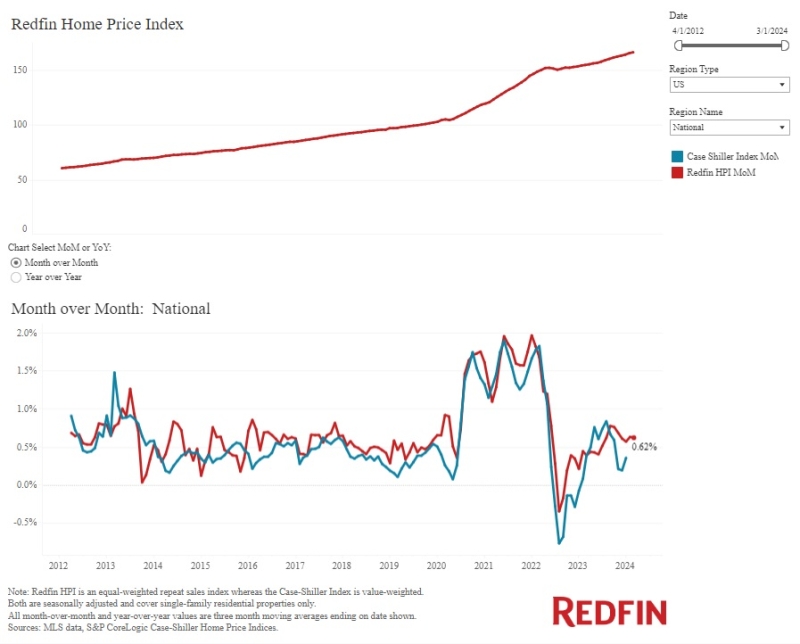Advertisement
Q2 Mortgage Production Profits at Three-Year High

The second quarter was a healthy three-month stretch for the industry, according to the Mortgage Bankers Association’s (MBA) Quarterly Mortgage Bankers Performance Report.
During the second quarter, independent mortgage banks and mortgage subsidiaries of chartered banks enjoyed a net gain of $1,675 on each loan they originated, up from a reported gain of $285 per loan in the first quarter. The average pre-tax production profit was 64 basis points (bps) in the second quarter, up from an average net production profit of eight bps in the first quarter of this year.
Furthermore, the average loan balance for first mortgages reached a study high of $268,520 in the second quarter, up from $257,374 in the first quarter. The average production volume was $601 million per company in the second quarter, up from $385 million per company in the first quarter. And the volume by count per company averaged 2,312 loans in the second quarter, up from 1,571 loans last quarter.
“Production profits in the second quarter of 2019 were the best MBA has seen since the third quarter of 2016 ($1,773 per loan), as production volume rose and expenses declined significantly,” said Marina Walsh, MBA’s vice president of industry analysis. “In fact, the drop in production expenses, by over $1,500 per loan, was the largest quarterly decline reported since the inception of this study in 2008.”
Still, there were a few challenges in the second quarter. Total production revenue decreased to 370 bps, down from 393 bps in the first quarter. On a per-loan basis, production revenues decreased to $9,400 per loan in the second quarter, down from a study high of $9,584 per loan in the first quarter. Net secondary marketing income decreased to 287 bps in the second quarter, down from 308 bps in the first quarter. On a per-loan basis, net secondary marketing income decreased to $7,411 per loan in the second quarter from $7,591 per loan in the first quarter.
“With anticipated increases in prepayment activity, we saw hits to servicing profitability resulting from mortgage servicing right markdowns and amortization,” added Walsh. “Nonetheless, the profitability on the production side of the business generally outweighed servicing losses."
About the author





